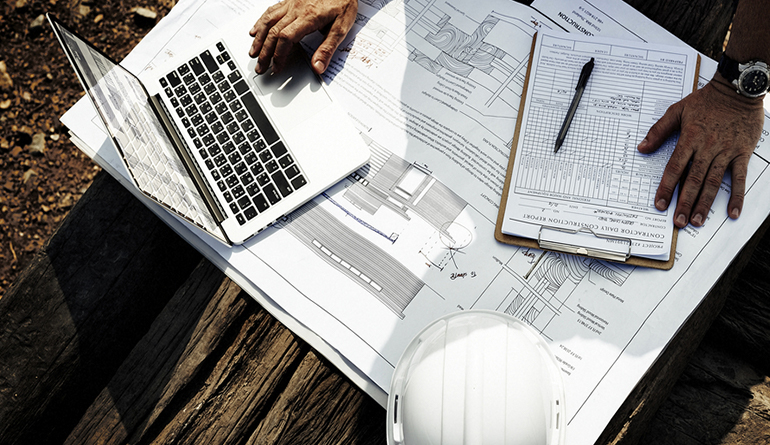
As-built Survey
An as-built survey is conducted after construction is completed to document the actual positions, dimensions, and configurations of constructed elements, such as buildings, infrastructure, utilities, and landscaping. Here’s an overview of the process:
Site Visit: The surveyor visits the construction site to physically inspect the completed project and identify all relevant features that need to be documented.
Field Measurements: Using surveying instruments such as total stations, GPS receivers, and laser scanners, the surveyor takes precise measurements of the constructed elements, including their locations, elevations, and dimensions.
Verification of Accuracy: The surveyor compares the measurements taken in the field to the original design plans to verify that the constructed features match the intended specifications.
Recording Data: The surveyor records the collected data in field notes, sketches, and digital files, documenting any discrepancies or deviations from the design plans.
Documentation: The collected data is compiled into an as-built survey report, which typically includes detailed drawings, maps, photographs, and written descriptions of the constructed elements.
Submission to Authorities: In many cases, as-built surveys are required to be submitted to local authorities or regulatory agencies for approval and record-keeping purposes.
Archiving: The completed as-built survey report is archived for future reference by property owners, developers, contractors, and other stakeholders involved in the project.

